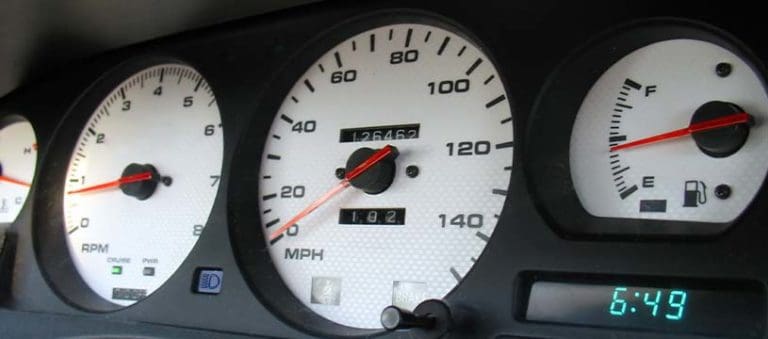The process of driving a car involves the performance of multiple tasks and the monitoring of several processes. Adjusting the seat and steering wheel, starting the car, shifting into gear, and guiding the car onto the street and merging with traffic are keys to safely and successfully beginning a trip. Once we are underway, we shift our attention to monitor and adjust our speed, check to be certain that there are no warning lights to signal problems with oil pressure or water temperature and other key engine operations. We might even check the RPMs to ensure that the engine is not working too hard in relation to the speed of the car.
Starting a new school year shares some parallels. We need to start the year by performing multiple organizing tasks, engaging students in a variety of activities, and building initial momentum for learning. We want to get acquainted with our students and begin forming relationships. We need to introduce daily and ongoing routines. We also face the tasks of establishing expectations and previewing the learning journey ahead. Each of these activities and processes plays an important role in launching a successful year.
Now, a few weeks into the year, we can transition our attention as we shift into “cruising gear” to achieve adequate and sustainable momentum for the year. Not unlike driving a car, we need to continue to monitor and modify various elements and aspects of the learning and teaching process in response to how students are adjusting and finding their own “cruising pace.” Like attending to miles per hour, oil pressure, water temperature, and RPMs, there are at least five “gauges” for you to give your attention to as you approach optimum cruising levels.
The first gauge is evaluating how well students have accepted and are adjusting to routines. If you find that you frequently must remind students to follow a specific routine, or students seem resistant, you may need to step back and reteach the routine and explore with students the reasons for and benefits of its existence. You may also need to consider whether some routines need to be adjusted to ensure smoother implementation and better student cooperation. The goal is to have routines work well enough that students barely notice them as part of daily life so everyone’s attention can be focused on learning.
The second gauge is monitoring how well the class or classes are developing as a learning community. How healthy and strong are relationships that you have developed with students and that students have developed with each other? Is there a climate of trust and mutual respect? Are students comfortable working together and even asking each other for advice and assistance? Is the level of dependence students have on you appropriate, or do you need to nudge them toward more self-reliance? If you observe lagging development in any of these areas, now may be a good time to step back and consider what may be getting in the way of sustained momentum and what actions you may need to take.
The third gauge concerns how well students are adjusting to and maintaining the pace of learning. Students may struggle more this year than in the past, especially if they experienced remote learning for much of last year. In person learning often presents a faster pace than was experienced by many students in remote settings. Of course, you may also have students who are ready for and need a faster pace. Monitoring of this gauge can tell us if we need to consider more flexibility and differentiation in the pace of learning to meet the needs of students.
A fourth gauge is whether students are maintaining motivation and engagement in their learning. The beginning of the year typically features hope for a new beginning. Early activities may offer structure and reassurance that students find motivating. However, before long, students can become bored with learning tasks they do not find relevant and purposeful. They may disengage if they are not experiencing enough success to sustain momentum. If you hope to achieve and sustain desired cruising speed, you may need to inject some variety, take more time to help students see the importance and usefulness of what they are learning. You also need to find ways to help struggling students find areas of success and experience a level of hope necessary to maintain learning effort.
The fifth gauge focuses on maintaining connections with families. Once the year is underway, it can be easy to neglect the connections built with families as the year began. Yet, families can tell you much about how the year is unfolding for their children. Knowing about significant changes and challenges families may be experiencing can provide valuable insights to the behavior students demonstrate. Touching base with parents to share observations and invite information can make a big difference in maintaining momentum as the learning journey continues.
Like any trip, there may be twists and turns to negotiate and your cruising speed may have to be adjusted. However, keeping your eyes on the key gauges available can help to avoid major slowdowns and loss of momentum when you need it most.



